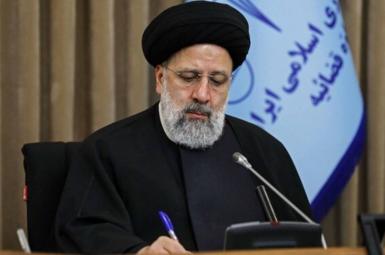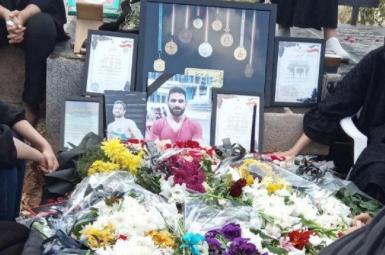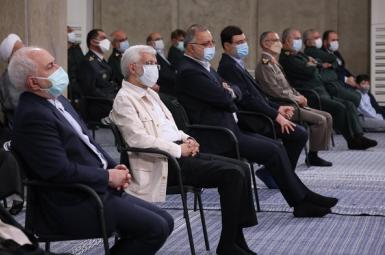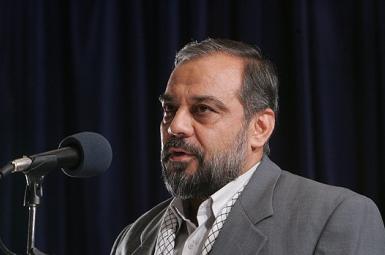
Inequality In Iran Is On The Rise Amid Higher Inflation
Disparities in both income and wealth in Iran have grown in the past seven years as economic problems including higher inflation and fall in the value of the local currency have worsened.
A report from the Statistical Center of Iran (SCI) published Wednesday shows that the 20 percent of the population with the highest income holds 47 percent of wealth, while the 20 percent with the lowest income holds only 0.5 percent of wealth.
The Gini coefficient for the fiscal year ending March 21 was 40. Named after the Italian economist Corrado Gini, the coefficient, or index, ranks economic inequality from zero to 100, where zero is perfect equality and 100 the highest inequality.
This level of inequality is comparable to the United States – around 40 – which has the highest income disparity and wealth distribution among developed countries and Saudi Arabia, where the Gini index is above 40. The scores for Sweden, France and Germany and Japan range from 28 to 32.
While the index measures inequality based on income and wealth, it is not a definitive indicator of poverty. In a rich country like the US, even people with low income can have a higher income than people in low brackets in a poor country.
As rated by the Gini coefficient, Iran’s inequality was highest in 1986 (at 47.4) and the lowest at 37.4 in 2013, averaging 42.2 between 1986 and 2016. The figure fell consistently from 43.4 in fiscal 2007-2008 to 36.5 in fiscal 2013-2014, the lowest for two decades, but has since grown to upward of 40.
Payment of cash handouts -- which were paid to all Iranians irrespective of their income level until the subsidy reforms by the parliament in 2016 – could have significantly closed the income gap while the Gini coefficient’s growth since 2013 could be attributed to the huge depreciation of the rial.
In March 2013 one US dollar traded in the unofficial currency market for around 35,000 rials while in March 2021 it had increased to around 250,000. Depreciation of the rial could be one of the major contributors to the growing income and wealth gap.
Iranians who have disposable income invest in highly dependent foreign currencies, gold, real estate and even cars to preserve the value of their wealth, giving them the opportunity to produce more income. For example, people who invest in real estate collect more rent as inflation goes up and protect both the level of their income and wealth from a depreciation of the local currency.
As inflation has risen in Iran since 2017, real estate prices have also gone up because people were willing to buy properties to protect their savings.
On the other hand, higher inflation and an increase in the prices of consumer goods without an equal increase in the income of workers with fixed salaries makes them poorer.
Morteza Bakhtiari, head of Imam Khomeini Relief Foundation, a state charitable organization, on August 15 said between 2001 and 2019 the cost of living increased by 22-fold, affecting people with fixed incomes. Around 33% of Iranians live under the poverty line, he said.









